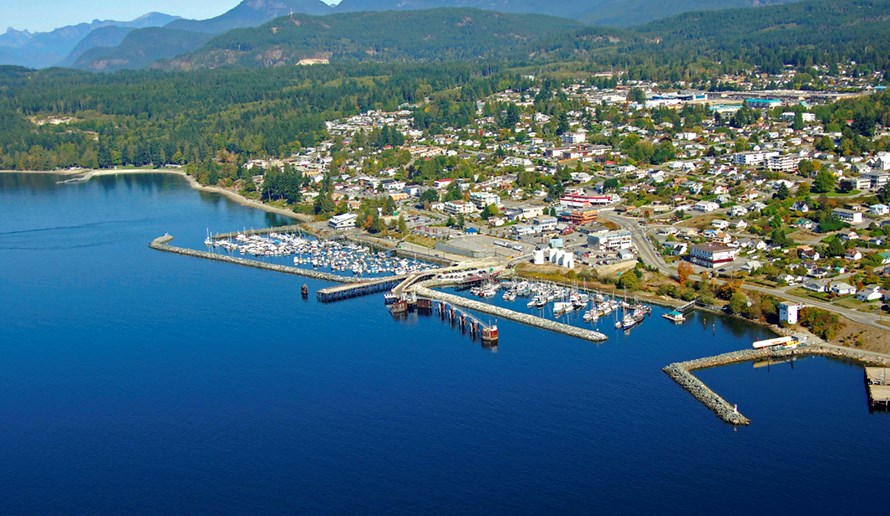Powell River, a coastal pulp mill town, is attracting homebuyers and real estate investors from 100 kilometres south as Vancouverites discover low-cost housing and income potential.
“Housing is a lot cheaper up here,” said Thomas Knight, director of planning for the city of 20,000 on the northern Sunshine Coast.
According to the BC Real Estate Association (BCREA), the average home price in Powell River posted the highest increase in the province in 2017, rising 31.7 per cent from a year earlier, but, at $356,000, it is still a fraction of the price in Greater Vancouver, where the typical home sells for more than $1 million.
Powell River also reported the second-highest housing sales increase in B.C. during 2017, as sales soared 80.3 per cent to 9,269 units, according to the BCREA.
The Powell River region population is expected to increase by more than 3,000 residents by 2040.
An influx of young families looking to capitalize on the cheaper home prices as compared to the Lower Mainland and new single-family homes coming into play are driving up housing demand and pushing real estate development to new levels, Knight confirmed.
Powell River property assessment increases for 2017 were the highest in the Vancouver Island, Gulf Islands and mid-coast region, making it a prime seller’s market for investors.
On the commercial side, building permits grew exponentially as more businesses moved into the area throughout 2016 and 2017.
Approximately 50 per cent of homebuyers continue to be from outside Powell River, with a mix of retirees and people who have relocated for work, according to Powell River/Sunshine Coast Real Estate Board president Neil Frost.
Despite its oceanfront location and proximity to large lakes, Powell River’s new developments are primarily not recreational but urban residential; albeit with ocean views, Knight said.
The latest manifestations include 39 new homes, all approved in December. One new project is the expansion of Pacific Point condominiums in the downtown; the second a plan from Abalone Development for a residential enclave in the city.
Knight said Powell River issued 122 building permits in 2016 worth about $15 million. In 2017, 145 permits worth $14.1 million were issued, but the slight decline does not indicate any slow down, he said.
It is because city staff simply can’t keep up with the demand, he explained.
“We have $5 million worth of building projects that came in November and December that we haven’t even processed yet,” said Knight. “If we had the staff contingent here to be able to process, we would have had $20 million [last year].”
According to Knight, builders anticipating changes to the BC Building Code in 2018 hurried to get plans into the approval process before the end of the year.
“Builders may be anticipating the city adopting the Energy Step Code, which came into effect on December 15,” said Powell River councillor and sustainability committee chair CaroleAnn Leishman.
Leishman said the city will have to decide if it wants to adopt the code, and at what level of energy efficiency.
Many builders fear the code changes will add to the cost of new construction.
Meanwhile, most of the city’s new residential building value from 2017 came from single-family home building, but that will likely shift in the coming year, according to Knight.
Not only do the numbers point to a big year ahead for permits issued and building value in Powell River, but Knight said almost all of the money going into new residential is in multi-family



